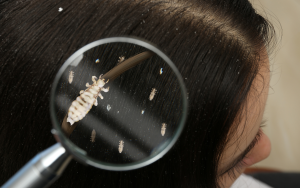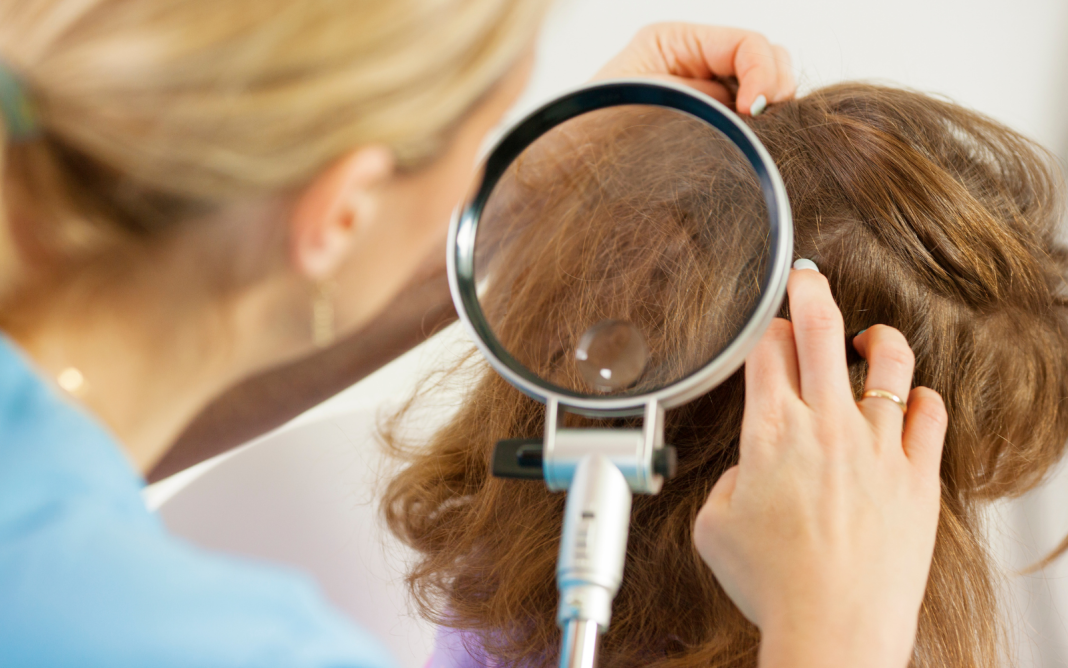Key Takeaways
- EtoPril® for head lice has been removed from the list of approved medical products due to non-compliance with updated regulatory standards.
- Children and adolescents will still have access to alternative treatments for head lice, as other equivalent products remain available.
- The decision does not impose additional bureaucratic costs on healthcare providers, facilitating a seamless transition.
- The ruling takes effect immediately after its publication, with detailed reasons accessible on the G-BA website.
The Gemeinsame Bundesausschuss (G-BA) has recently made a significant ruling concerning the medicinal product EtoPril®, a treatment for head lice developed by Dr. Wolff. On July 4, 2024, the G-BA ruled to exclude EtoPril® from Annex V of the Arzneimittel-Richtlinie, which effectively removes the product from the list of approved treatments eligible for reimbursement under statutory health insurance. This decision is a critical development in the regulatory oversight of medical products, reflecting the growing need for stringent compliance with European safety, efficacy, and health standards, particularly as regulations continue to evolve.
The G-BA’s decision is closely aligned with recent updates in European regulations governing medical products. EtoPril®, which was initially classified as a Class I risk medical product, became subject to new regulatory requirements that necessitated a higher standard of compliance. This reclassification, driven by changes in the regulatory landscape, requires that all medical products, especially those considered substance-based, obtain a valid CE certificate. The CE certificate serves as a mark of compliance with essential European Union directives on safety, health, and environmental protection standards, ensuring that products meet the necessary criteria to be marketed and used within the EU.
In the case of EtoPril®, the lack of a valid CE certificate was a critical factor in the G-BA’s decision. The manufacturer of EtoPril® was requested to provide evidence that the product continued to meet the necessary regulatory requirements for safe and effective use, particularly in the context of treating head lice in children and adolescents. However, the manufacturer was unable to provide the necessary documentation to substantiate the product’s compliance with the updated standards. As a result, the G-BA had no choice but to remove EtoPril® from Annex V, effectively ending its approval for use under statutory health insurance.
G-BA Ensures Safe Access to Head Lice Treatments by Removing EtoPril® and Emphasizing Regulatory Compliance
This ruling underscores the G-BA’s steadfast commitment to maintaining the highest levels of safety and efficacy for medical products available to the public. In making this decision, the G-BA prioritized the well-being of patients, particularly children and adolescents, who are the primary users of head lice treatments like EtoPril®. By removing a product that no longer met the necessary safety standards, the G-BA ensured that patients continue to have access to treatments that are both effective and compliant with European health regulations.
The exclusion of EtoPril® from Annex V is part of a broader trend in the healthcare sector where regulatory bodies are placing increased emphasis on ensuring that medical products meet evolving standards. The reclassification of substance-based products into higher risk categories reflects a more rigorous approach to product evaluation, aiming to minimize risks to patients while maximizing therapeutic benefits. For manufacturers, this decision serves as a reminder of the importance of staying ahead of regulatory changes and ensuring that their products meet the necessary certifications and standards to remain on the market.
Despite the removal of EtoPril®, the G-BA was careful to emphasize that alternative equivalent treatments for head lice are readily available. This ensures that there is no disruption in care for children and adolescents who require treatment for lice infestations. These alternative products have been rigorously tested and continue to meet the necessary safety and efficacy standards, providing assurance to healthcare providers, patients, and their guardians that effective treatments remain accessible.

G-BA’s Removal of EtoPril® Highlights Critical Role of Regulatory Compliance and Patient Safety in Head Lice Treatment
The G-BA’s decision to remove EtoPril® from the list of approved medical products highlights several important considerations for the healthcare industry. First, it reinforces the importance of regulatory compliance and the need for manufacturers to ensure that their products are continuously evaluated against current standards. Failure to do so can result in the loss of market access, as seen in the case of EtoPril®. For healthcare providers, this decision serves as a reminder of the importance of staying informed about regulatory developments and alternative treatment options to ensure uninterrupted care for their patients.
For patients and their families, particularly those dealing with recurring head lice infestations in children, it is important to understand that decisions like these are made with their safety in mind. The exclusion of EtoPril® from statutory health insurance coverage reflects the G-BA’s commitment to ensuring that only the safest, most effective products are available for use. This guarantees that patients receive treatments that have been thoroughly vetted and meet the high standards set by European and national regulatory bodies.
In conclusion, the G-BA’s ruling on EtoPril® reflects the evolving nature of medical product regulation and the importance of maintaining compliance with safety standards. The decision underscores the responsibility of manufacturers to ensure that their products are continually evaluated and meet the necessary criteria for ongoing market approval. It also highlights the role of regulatory bodies like the G-BA in safeguarding public health by ensuring that only products that meet stringent safety and efficacy standards are available for patient use.
As the regulatory landscape continues to evolve, manufacturers, healthcare providers, and patients must work together to ensure that medical products remain safe, effective, and accessible. The G-BA’s decision serves as a reminder that public health and patient safety remain the top priorities in the approval and regulation of medical treatments.
Resource: Gemeinsame Bundesausschuss, September 27, 2024

This article has been prepared with the assistance of AI and reviewed by an editor. For more details, please refer to our Terms and Conditions. We do not accept any responsibility or liability for the accuracy, content, images, videos, licenses, completeness, legality, or reliability of the information contained in this article. If you have any complaints or copyright issues related to this article, kindly contact the author.





